Introduction
Chocolate. A word that makes mouths water and hearts melt. But have you ever wondered how this beloved treat made its way through the ages? Its history is a rich tapestry of cultures, innovations, and pure deliciousness. Let’s journey through time and discover the amazing story of chocolate.
15 Fascinating Facts About the History of Chocolate(One Line)
- Chocolate’s origins lie in ancient Mesoamerica.
- The Maya and Aztecs revered cacao beans as sacred.
- Chocolate was once a spicy, bitter drink, not a sweet treat.
- Cacao beans were so valuable they were used as currency.
- Europeans initially disliked chocolate’s bitter taste.
- The invention of the cocoa press revolutionized chocolate production.
- Milk chocolate was a Swiss innovation.
- Chocolate played a role in wartime rations.
- The world’s largest chocolate bar weighed over 12,000 pounds.
- White chocolate isn’t technically chocolate.
- Chocolate contains mood-boosting compounds.
- The way chocolate melts is perfectly designed for your taste buds.
- The scientific name for the cacao tree translates to “food of the gods.”
- Chocolate has inspired countless works of art and literature.
- Today, chocolate is a global industry with ethical considerations.
Fact 1. Chocolate’s origins lie in ancient Mesoamerica.
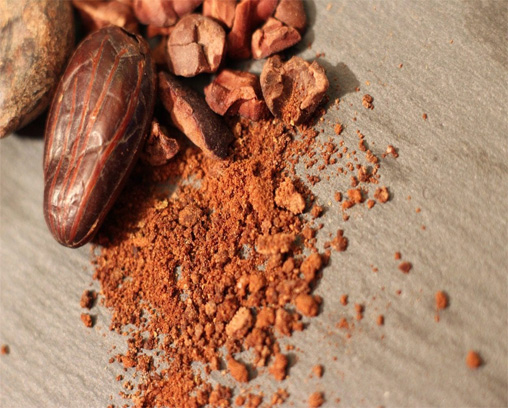
The cacao tree, the source of all chocolate, flourishes in the warm, humid rainforests of Central and South America. While pinpointing the exact origins is tricky, archaeological discoveries point to the Olmecs of Mesoamerica (modern-day Mexico and Central America) as pioneers in domesticating cacao. Evidence of chocolate residue on pottery suggests they were making chocolate beverages as early as 1900 BC.
Fact 2. The Maya and Aztecs revered cacao beans as sacred.
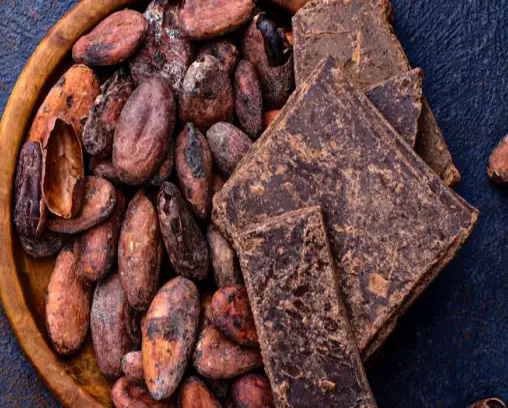
Photo by Yuliya Furman via Canva
Cacao held a level of reverence in these cultures far beyond mere enjoyment. Mayan and Aztec societies saw a divine connection to cacao, depicting it in artwork featuring gods and incorporating it into sacred rituals. Cacao beans were so highly prized that they were reserved mainly for royalty, warriors, and the nobility. It played a crucial role in ceremonies like births, marriages, and even medicinal practices.
Read More: Beyond Croissants: 15 Surprising Facts About French Cuisine
Fact 3. Chocolate was once a spicy, bitter drink, not a sweet treat.
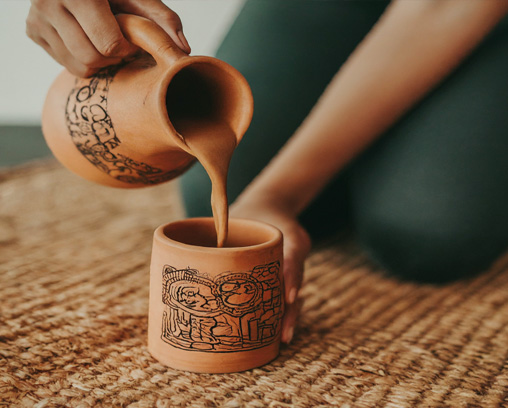
Imagine taking a sip of your favorite hot chocolate and finding it savory, not sweet! That’s closer to the reality of chocolate in its early days. Mesoamericans prepared unsweetened chocolate beverages infused with a fiery kick from chili peppers, sometimes adding herbs or flowers for extra complexity. The result was a frothy, potent drink vastly different from the sweet indulgences we cherish today.
Fact 4. Cacao beans were so valuable they were used as currency.
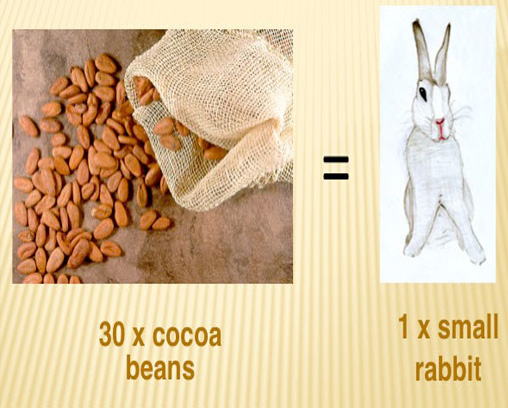
Forget gold coins – the Aztecs built an economy fueled in part by cacao beans! Their inherent value was so recognized that these beans functioned as a form of payment. One could purchase everything from food and clothing to services using cacao beans. Records show that taxes and tributes were even paid with cacao, reflecting its significant place in their commerce system.
Fact 5. Europeans initially disliked chocolate’s bitter taste.
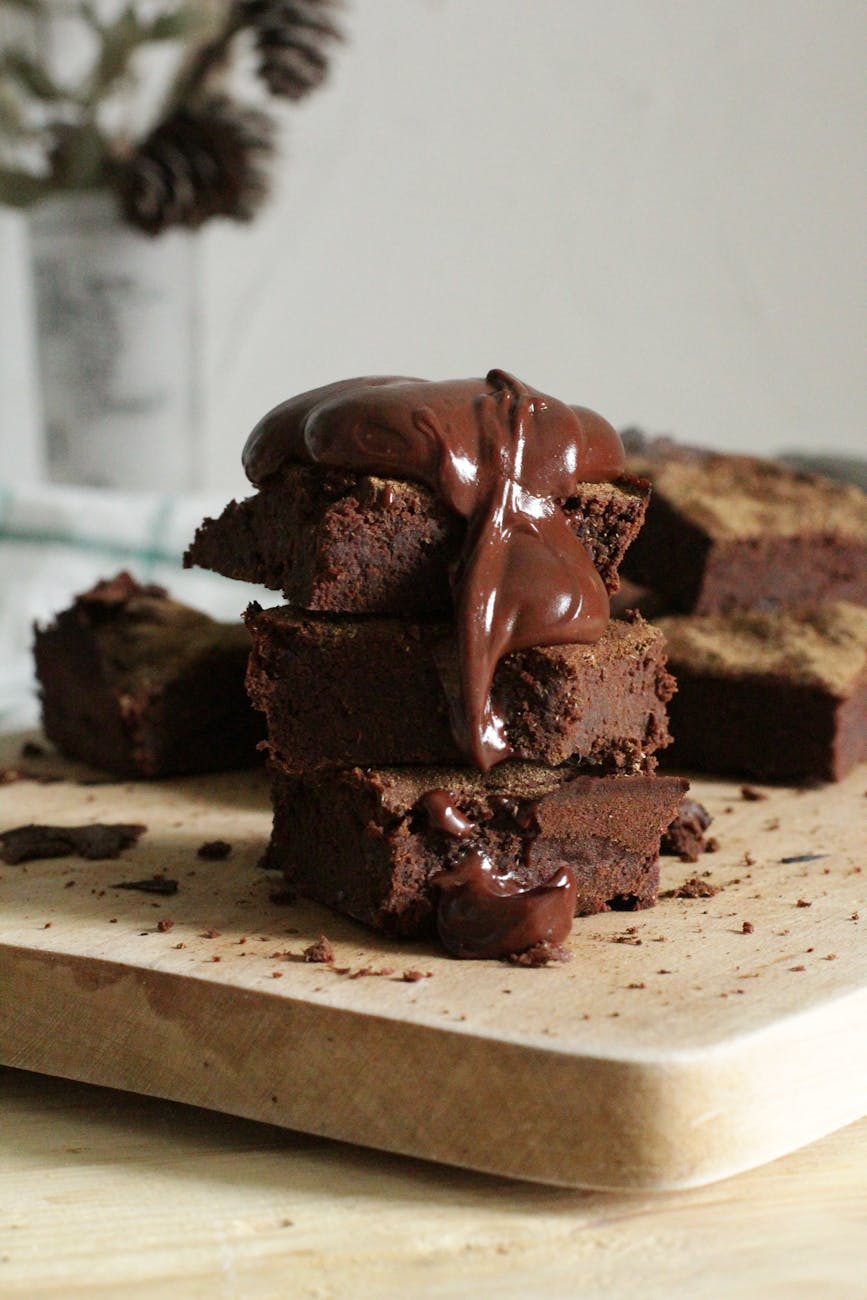
The arrival of chocolate in Europe wasn’t met with instant adoration. Spanish conquistadors brought this exotic beverage back home, but its unfamiliarity and intense bitterness didn’t make a good first impression on European palates. However, with clever adaptations like adding sugar, honey, and spices, chocolate’s popularity started to blossom across the continent.
Fact 6. The invention of the cocoa press revolutionized chocolate production.

In 1828, Dutch chemist Coenraad Johannes van Houten invented a revolutionary machine: the cocoa press. This device could separate fatty cocoa butter from roasted cacao beans. This innovation drastically transformed chocolate production, making it more efficient and affordable. The resulting cocoa powder could be mixed with varying amounts of cocoa butter and sugar, laying the foundation for solid chocolates.
Read More: The Top 15 Inventions That Changed the World | Discover Their Impact
Fact 7. Milk chocolate was a Swiss innovation.
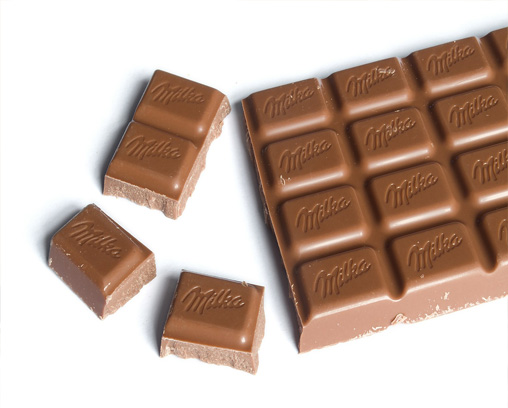
The creamy, melt-in-your-mouth milk chocolate we adore has its roots in Switzerland. In 1875, Daniel Peter, after years of experimentation, figured out a way to combine powdered milk with chocolate. This breakthrough gave milk chocolate its signature sweetness and smooth texture, making it an instant sensation.
Fact 8. Chocolate played a role in wartime rations.
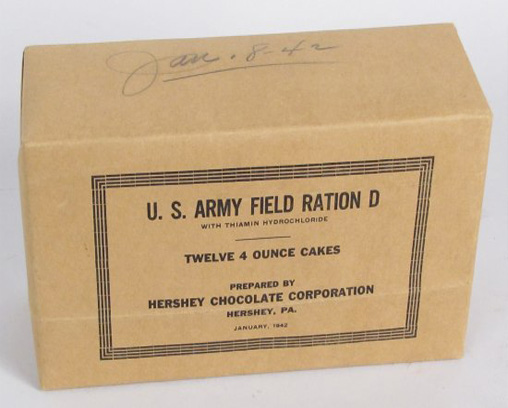
Chocolate’s energy-dense nature made it a practical addition to soldier’s rations during World Wars I and II. The US military developed Field Ration D, a high-calorie chocolate bar specifically designed for emergency sustenance. Although not designed for optimal flavor, these chocolate bars provided much needed energy to soldiers on the battlefield.
Fact 9. The world’s largest chocolate bar weighed over 12,000 pounds, but size isn’t everything
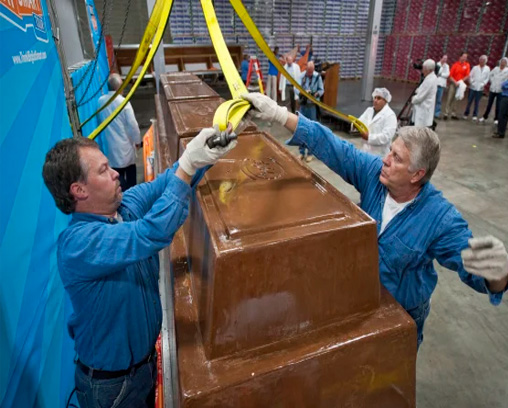
Image source: nbcnews
Imagine a chocolate bar so big it would take a team to lift it! In 2011, British confectioners at Thorntons took chocolate indulgence to a whole new level by creating a record-breaking chocolate bar weighing a whopping 12,770 pounds (over 5 tonnes). This behemoth measured 5 feet 11 inches wide, 25 feet 5 inches long, and 9 inches deep. While impressive in size, it’s important to remember that taste and quality are also crucial factors for chocolate lovers.
Fact 10. White chocolate isn’t technically chocolate, but it offers a delightful alternative.
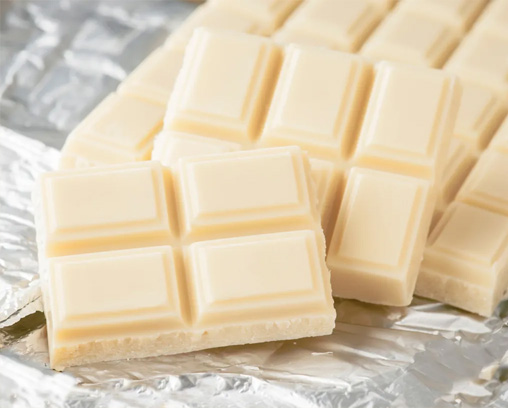
By Ironsteve43. Image source: wikipedia
White chocolate is a delicious enigma. It possesses the creamy texture and sweetness we associate with chocolate, but lacks the key ingredient: cocoa solids. These dark-colored solids, derived from roasted cacao beans, are what give chocolate its characteristic brown color and rich flavor profile. White chocolate instead uses cocoa butter, the fatty component of cacao beans, along with sugar and milk solids. So, while it may not be “true” chocolate by definition, white chocolate remains a popular and delectable treat.
Fact 11. Chocolate contains mood-boosting compounds.
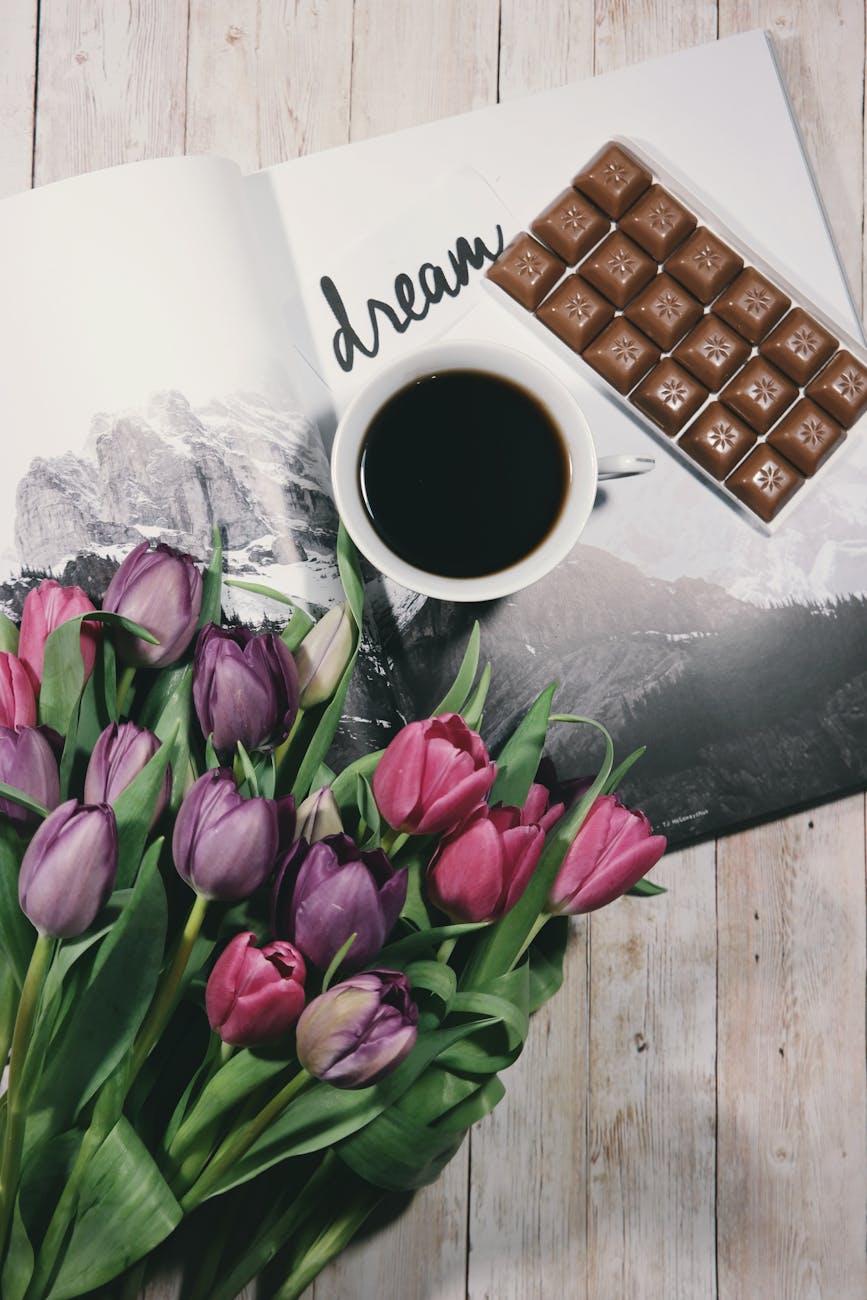
Photo by Brigitte Tohm on Pexels.com
Craving chocolate for a pick-me-up? There’s some science behind that! Chocolate contains natural compounds like phenylethylamine, a neurotransmitter associated with feelings of pleasure and well-being. Additionally, theobromine and caffeine, also present in chocolate, can provide a mild energy boost and enhance mood. It’s important to remember that these effects are subtle, and moderation is key.
Fact 12. The way chocolate melts is perfectly designed for your taste buds.
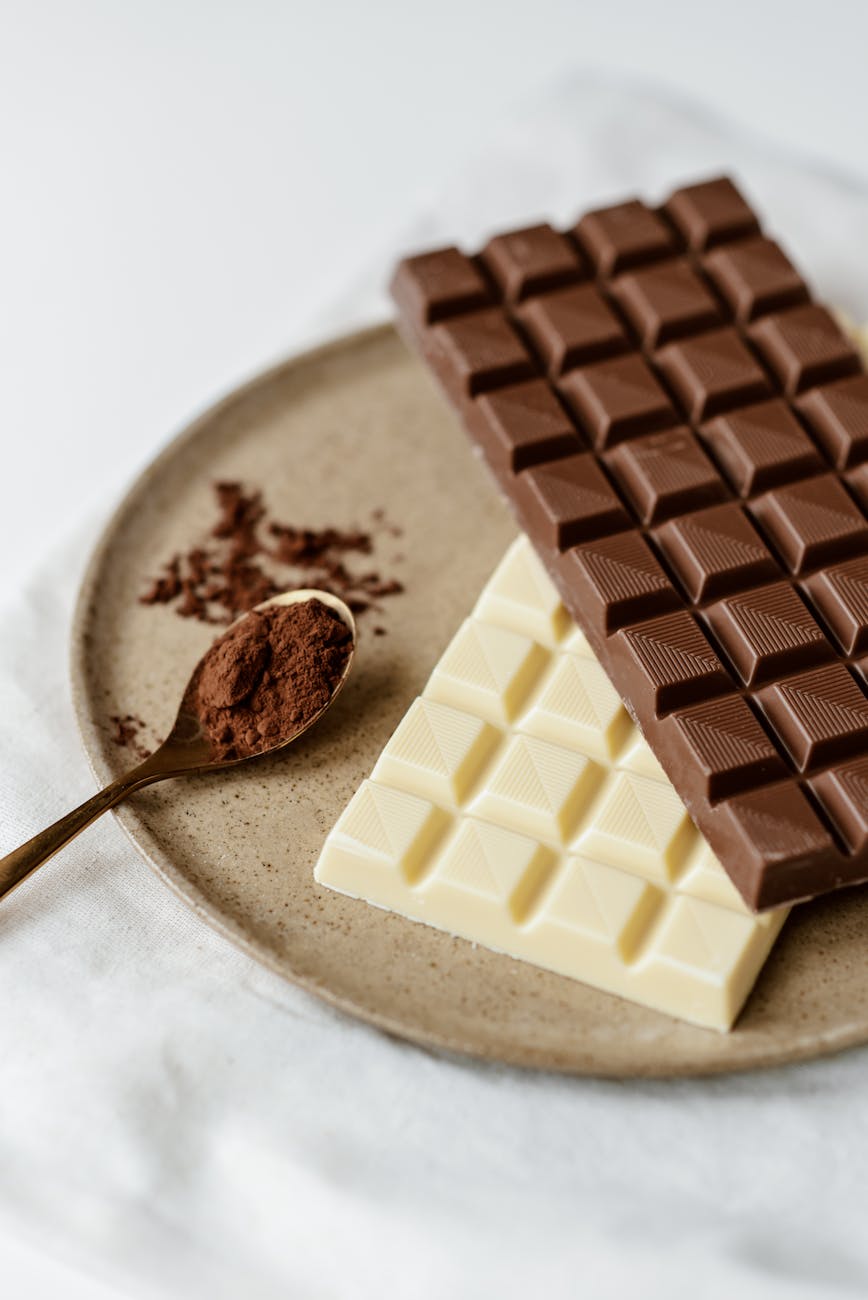
Ever wondered why chocolate melts so smoothly in your mouth? This delightful phenomenon is due to the unique properties of cocoa butter. As chocolate warms to body temperature, the cocoa butter fat melts, coating your tongue and creating a sensation that triggers pleasurable feelings. This is why high-quality chocolate with a higher cocoa butter content often boasts a more luxurious melt-in-your-mouth experience.
Fact 13. The scientific name for the cacao tree translates to “food of the gods.”
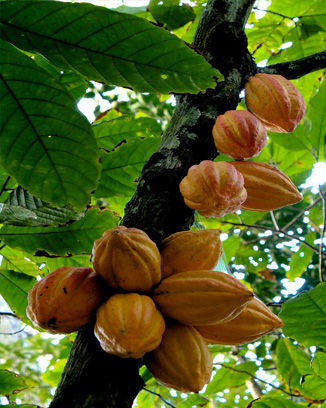
(Theobroma cacao). Image source: wikipedia
The reverence ancient Mesoamerican cultures held for cacao is reflected even in its scientific name. Theobroma cacao, derived from Greek words, literally translates to “food of the gods.” This highlights the special place cacao held in these societies, signifying its importance and perceived divine connection.
Fact 14. Chocolate has inspired countless works of art and literature.
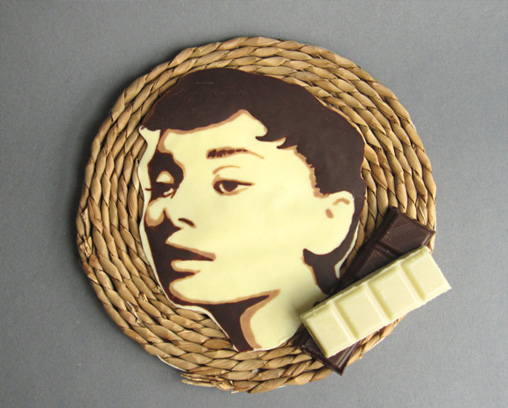
Chocolate’s rich history and captivating allure have permeated the creative world. From paintings and sculptures depicting scenes of chocolate consumption to literary references that evoke its sensory delights, chocolate finds expression in various artistic forms. Authors like Roald Dahl and Jeannette Winterson have incorporated chocolate into their stories, further solidifying its place in our cultural imagination.
Fact 15. Today, chocolate is a global industry with ethical considerations.
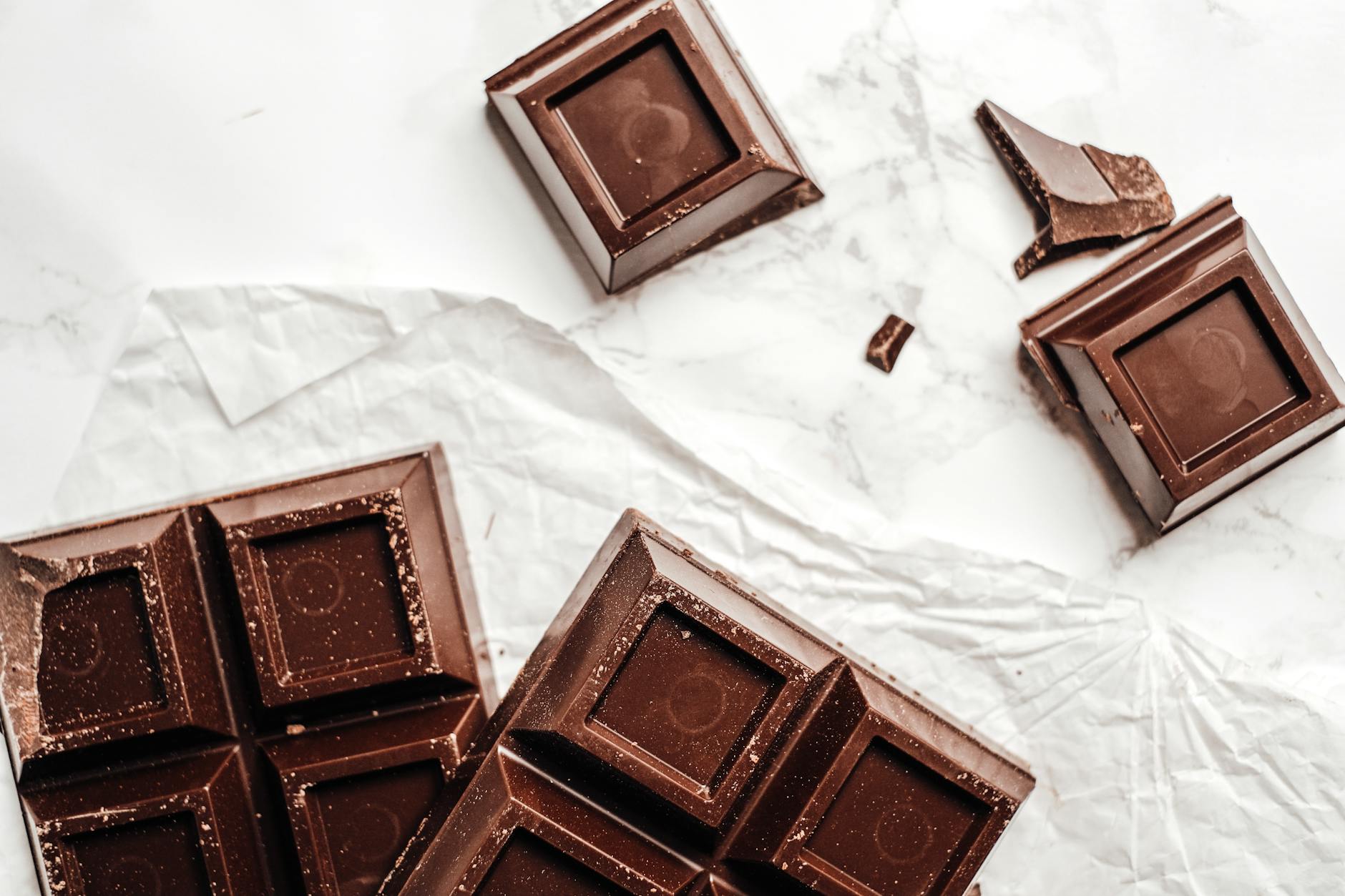
The global chocolate industry is vast, generating billions of dollars annually. However, ethical concerns regarding cocoa bean production have emerged in recent years. Issues like child labor and unfair wages paid to farmers in cocoa-growing regions have spurred movements advocating for fair trade practices and sustainable sourcing. Consumers are becoming increasingly conscious of these issues, making responsible chocolate choices a growing priority.
Conclusion
Chocolate’s story is one that spans cultures, continents, and centuries. From its sacred beginnings in ancient Mesoamerica to its status as a global indulgence, chocolate has evolved while retaining its power to delight. Whether it’s the story behind your favorite chocolate bar, the science of its melt-in-your-mouth magic, or modern ethical considerations, there’s always more to unwrap in the captivating world of chocolate.
15 FAQs (Frequently Asked Questions)
-
Where does chocolate come from?
Chocolate comes from the seeds (called cacao beans) of the cacao tree, which grows in tropical regions.
-
Why was chocolate so important to ancient civilizations?
Ancient civilizations believed chocolate had special powers and used it in ceremonies and for medicine.
-
How did chocolate become sweet?
Europeans added sugar and other flavors to chocolate to make it more like the treats we enjoy today.
-
Is chocolate good for me?
Dark chocolate, in moderation, can have some health benefits. But many chocolate treats are high in sugar and fat, so it’s best to enjoy them occasionally.
-
How can I make sure the chocolate I buy is made ethically?
Look for chocolate bars labeled “Fair Trade” or from companies that prioritize ethical sourcing of their cacao beans.
-
Where exactly in Mesoamerica did chocolate originate?
Evidence points to areas in modern-day southern Mexico, Guatemala, and Belize as likely cradles of cacao domestication.
-
Did the Maya or the Aztecs discover chocolate first?
While the Olmecs likely consumed chocolate first, the Maya developed a rich culture around it, leaving behind elaborate artwork and texts related to cacao. The Aztecs later adopted many traditions and even used cacao beans as currency.
-
How long did it take for Europeans to like chocolate?
It took decades and significant adaptations to make chocolate popular in Europe. Gradually, the addition of sugar, spices like vanilla, and later milk transformed it into a widespread delicacy.
-
Besides milk chocolate, what other major chocolate innovations were there?
The cocoa press in the 1800s paved the way for modern chocolate. Other developments, like conching (for extra smoothness) and tempering (for perfect snap and shine), also played crucial roles.
-
Does all chocolate taste the same?
No! The type of cacao bean, where it’s grown, how it’s processed, and the added ingredients all influence the flavor of chocolate. There’s a vast world of chocolate to explore.
-
What does “percentage” mean on dark chocolate bars?
The percentage refers to the amount of cacao solids (cocoa powder and cocoa butter) in the chocolate. Higher percentages mean more intense, less sweet chocolate.
-
What’s the difference between “gourmet” and regular chocolate?
Gourmet chocolate often focuses on high-quality cacao beans, may highlight single-origin chocolate (beans from specific regions), and emphasizes craftsmanship in its production.
-
Why is ethical chocolate important?
The cacao industry can have problems like unfair labor practices and environmental damage. Choosing ethically-sourced chocolate helps support responsible farming and better lives for cocoa farmers.
-
Are there any unusual chocolate flavors throughout history?
es! Besides the familiar spices, past chocolate experimentation included unique ingredients like flowers, herbs, and even savory additions. Today, modern chocolatiers continue to push boundaries with flavors like bacon, wasabi, and cheese!
-
Who invented chocolate?
Chocolate’s history is a long one, and no single person invented it as we know it today. Here’s the scoop:
The Olmecs (Mesoamerica, as early as 1900 BC): They were the first people known to have used the cacao plant, making a frothy, unsweetened chocolate drink.
The Maya and Aztecs: These cultures built upon the Olmecs’ tradition, revering cacao and using it in rituals and as medicine.
Europeans (16th century): Spanish explorers brought chocolate back to Europe, where it was adapted with sugar and spices to become more palatable.
19th & 20th centuries: Innovations like the cocoa press, conching, and the creation of milk chocolate transformed chocolate into the bars and treats we enjoy today.




